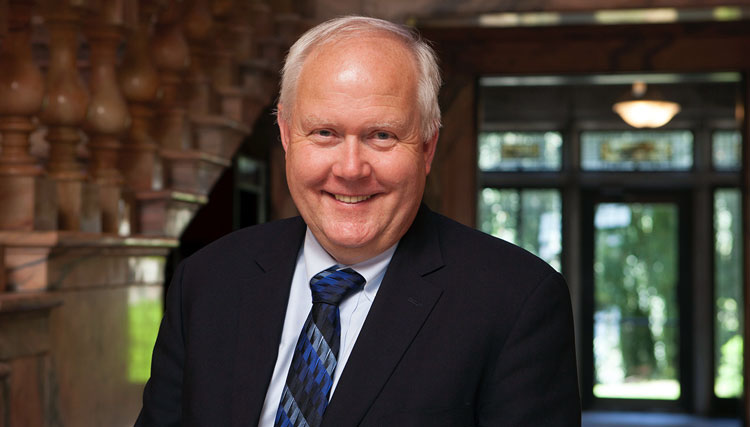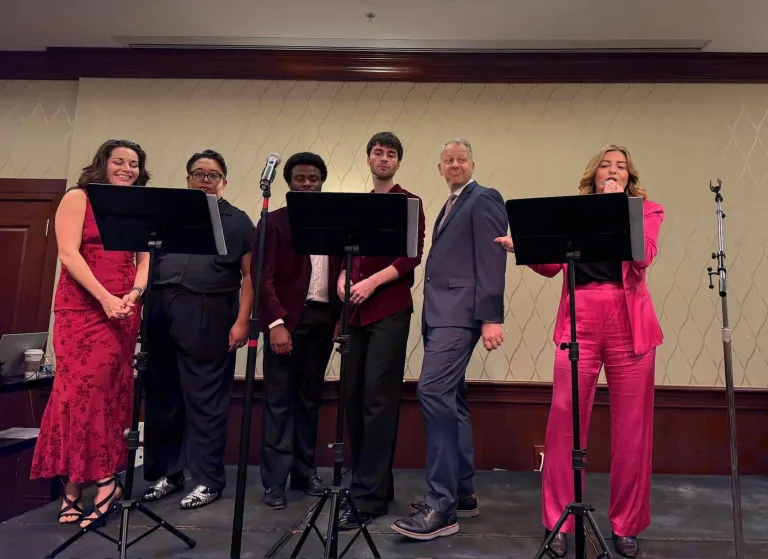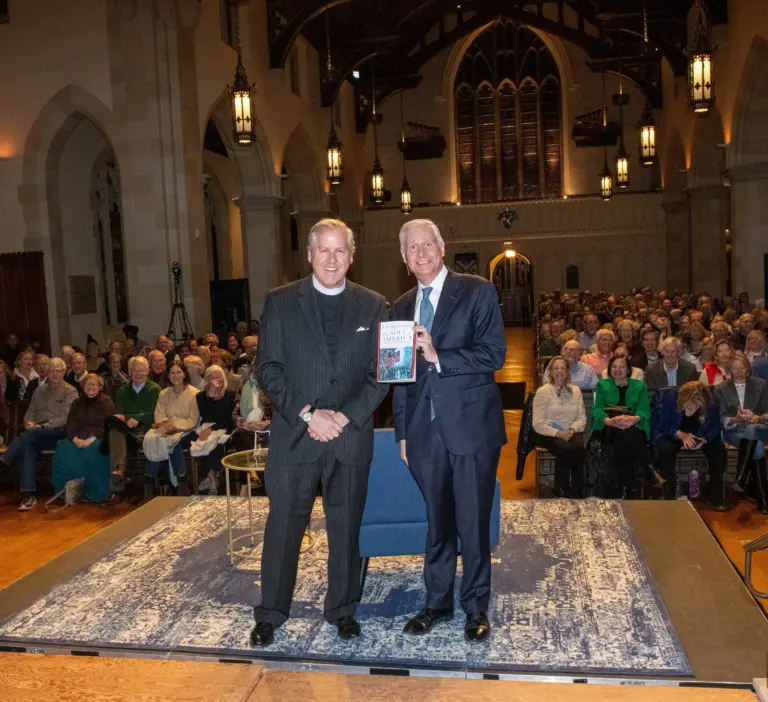

By Michael E. Geisler, Ph.D
Sentinel Columnist
In my last column I explained why a liberal arts education is better positioned than any other type of educational environment to equip the next generation of students with the critical job skills they will need to compete in a workplace environment that will increasingly replace humans with computer generated algorithms based on revolutionary developments in AI (artificial intelligence) and machine learning.
Drawing on Joseph Aoun’s recent book Robot-Proof, I identified five critical job skills that would give humans an edge for the next few decades: 1) contextual thinking, 2) systems thinking, 3) cultural fluency, 4) experiential learning, and 5) entrepreneurial skills.
Interestingly, this is precisely the value proposition of a liberal arts education: through cross-training in multiple disciplines, a liberal arts education teaches graduates to connect: connect across contexts, connect the seemingly disparate parts of a system that functions only as a whole, connect with people who come to the table with different cultural backgrounds and problem-solving skills, understand that learning is based on experience (and includes failure and risk) and connect their dreams to new products, new scenarios, or new solutions in a real-world environment.
In an ideal case, a liberal arts education does provide students with precisely these proficiencies, but traditionally, it has delivered these results unsystematically, without much thought given to correlation between input and output, using a sort of “black-box” approach whereby we know that there is indeed a strong correlation between the development of these proficiencies and a liberal arts education, but we don’t really know which components of a liberal arts curriculum combine with which other components to produce optimal results. It just sort of happens, and we keep our fingers crossed that it happens most of the time or all the time.
This is where a liberal arts curriculum needs to find a way of connecting what it does best to the needs of the market in a way that is explicit without turning an undergraduate education into a vocational school; it needs to ensure that most or all of its graduates who make it through to a B.A. or B.S. actually possess the five critical skills mentioned above, and it needs to do so in a way that is both systematic and transparent to an outside observer (aka, a parent).
To cite Joseph Aoun’s book one more time: “A traditional liberal arts program […] might see professors leading students through rigorous consideration of gender in the Victorian novel while implicitly teaching strong writing and critical thinking skills. In our new model, teachers have to expose the underlying fabric of learning to their students, like turning a sweater inside out. […] So, for example, a program teaching sustainability would map out how each assignment builds students’ system thinking skills while exposing students to relevant concepts from environmental science to data analysis, urban planning physics and health sciences.”
Lest you think this could only be done in the sciences, let me assure you that a humanities course, say a course on Shakespeare, teaches students critical skills in oral and verbal expression, leadership, cultural fluency, the power of nationalism and identity politics, and systems thinking, among others. The only piece missing from many humanities syllabi is a reflective element that clearly identifies, both to the students and to ourselves, precisely how each of these critical thinking skills connects to the materials we read and discuss in class. What we need to do is to make these connections explicit because the students (and their parents) don’t always see them.
We also need to radically rethink our majors, including our major requirements and our general education requirements to reflect (that is, to make explicit) the connection between critical cognitive human abilities and the disciplines that contribute to developing them in students. Currently, too many majors are constructed to serve the major department’s perceived need to teach students a maximum of content in a particular discipline in a way that their professors can point proudly to their “product” – and with a view to getting students into a graduate program. However, in today’s market only a minority of students actually go into a disciplinary graduate program; for the majority of students who are looking to a liberal arts program to provide them with Aoun’s five “Robot-Proof” skills, long, hierarchic disciplinary majors are diametrically opposed to what a liberal arts program does best. No liberal arts major – or indeed no undergraduate program at any institution – (with the sciences as a possible exception) should involve more than a sequence of eight courses with perhaps one or two prerequisites.
Finally, we need to find a way to systematically infuse project-based, experiential learning into each year of an undergraduate education. One way of accomplishing this is by combining an undergraduate education with practical on-the-job training through a Co-op model (such as the one pioneered by Northeastern), whereby a student may spend two semesters with a firm or nonprofit as part of their undergraduate education. A far more ambitious – and even more effective – paradigm is the German dual-track system about which I will have more to say in an upcoming column.
However, experiential learning need not be confined to internships or Co-ops; it can – and should be – part of every aspect of an undergraduate curriculum. At Manhattanville College, we have decided to introduce our students to Design Thinking, a thorough reimagining of the product development and problem solution process pioneered by IDEO in San Francisco and already practiced by a large number of firms such as MasterCard, Georgia Pacific, and Walmart. Design Thinking is based on the radical proposition that it takes people from a wide variety of cultural backgrounds and different types of disciplinary training, including the arts and humanities, to optimize product development and problem-solving. Expert knowledge is not sufficient to find a solution or a product that actually meets the needs of customers or end-users. Design Thinking, as developed by IDEO, combines training in empathy, empirical research methods, observation and multiple iterative cycles of prototyping and market-testing to produce a product, design, protocol, or process that ideally meets the needs of customers and users. This summer, twenty-five faculty and staff spent seven weeks in intensive training with IDEO. When our new Center for Design Thinking will be completed next year, we will invite firms and nonprofit organizations in the Tri-state area to work with small groups of Manhattanville faculty, staff, and advanced students on problem-solving and trouble-shooting real-world challenges. Prior to that, all Manhattanville students – including First-Years – will have access to Design Thinking training scenarios and exercises from the moment they set foot on campus. This type of education will be more challenging than the traditional undergraduate curriculum, but I guarantee that it will not be boring and it will prepare students to acquire the critical skills needed to compete successfully in an AI environment!
Michael Geisler is president of Manhattanville College. He can be reached at Michael.Geisler@mville.edu or 914-323-5230.




